Industry information
Company News
- Wood grain aluminum veneer, the fashionable new favorite of modern architecture
- Aluminum veneer: not just decoration, but also the soul of architecture
- Aluminum veneer customization, creating the art of personalized space
- Wood grain aluminum veneer: the beauty of the "Renaissance" in the aluminum industry
- Aluminum veneer customization, creating a new trend of personalized space
Industry dynamics
- Aluminum veneer price - product upgrade and market response
- Wood grain aluminum veneer: retro sentiment of modern architecture
- Wood grain aluminum veneer: natural charm in modern architecture
- Imitation wood grain aluminum veneer: a new favorite of natural aesthetics in modern architecture
- 8 major applications of aluminum veneer in architectural decoration
Frequently asked questions
- Can aluminum veneer be applied to the exterior design of high-rise buildings?
- What are the limitations of the application scope of aluminum veneer?
- Is the surface treatment method of aluminum veneer restricted?
- Will the thickness of aluminum veneer affect its service life?
- Does the production of aluminum veneer require certification?
contact us
Mobile:+86 15627778610
Email: 2201229786
Address: No. 5 Binjiang Road, High tech Zone, Zhaoqing City, Guangdong Province
Thermal insulation performance test of aluminum veneer
- Author: Lesilong Technology (Guangdong) Co., Ltd
- Release time: February 21, 2025 00:57:14
- Click:0
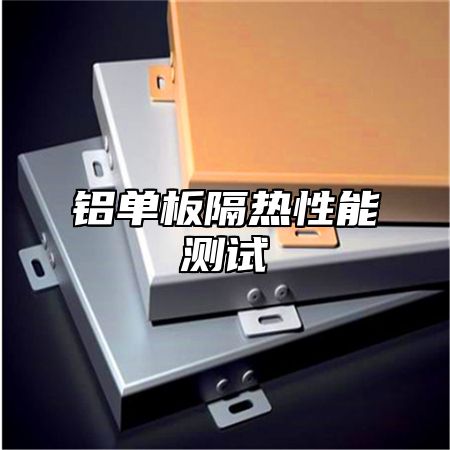
Aluminum veneerAs a new type of building material, its thermal insulation performance is one of the important indicators for evaluating its advantages and disadvantages. In order to ensure the quality and performance of aluminum veneer, strict insulation performance testing is required. Next, let's take a detailed look at the testing methods and standards for the thermal insulation performance of aluminum veneer.
1、 Testing principle
The thermal insulation performance of aluminum veneer mainly depends on its thermal conductivity and the thickness of the insulation layer. According to the principle of heat conduction, heat will be transferred from high temperature areas to low temperature areas, and the thermal conductivity of the material determines the speed and efficiency of this transfer. By testing the thermal conductivity and insulation layer thickness of aluminum veneer, its insulation performance can be evaluated.
2、 Testing method
The commonly used methods for testing the thermal insulation performance of aluminum veneers currently include the following:
1. Thermal conduction method: Place the aluminum veneer in a constant temperature chamber to maintain a stable temperature state, and then calculate its thermal conductivity by measuring the surface temperature change.
2. Thermal resistance method: Coat a certain thickness of insulation material on the surface of aluminum veneer, and then set thermometers on both sides to measure the temperature difference on both sides to calculate its insulation performance.
3. Thermal radiation method: Using an infrared detector to measure the infrared radiation intensity on the surface of aluminum veneer, in order to evaluate its thermal insulation performance.
3、 Testing standards
There are several international standards for the thermal insulation performance of aluminum veneer, including the following:
1. ISO 9001: Quality Management System Standard, which specifies the quality management system requirements for aluminum veneer production enterprises.
2. ISO 14001: Environmental Management System Standard specifies the environmental management requirements for aluminum veneer production enterprises.
3. U-Value: It is one of the important indicators for measuring the energy-saving performance of buildings, representing the ratio of the heat dissipation per unit area of the wall or roof surface to the indoor temperature difference per unit time. The smaller the U value, the better the insulation performance.
4、 Conclusion
By testing the thermal conductivity and insulation layer thickness of aluminum veneer, its insulation performance can be evaluated. The commonly used testing methods currently include thermal conduction method, thermal resistance method, and thermal radiation method. The international standards for the thermal insulation performance of aluminum veneer mainly include ISO 9001, ISO 14001, and U-Value. Choosing appropriate testing methods and standards can ensure that the quality and performance of aluminum veneer meet relevant requirements, providing reliable material support for building decoration.

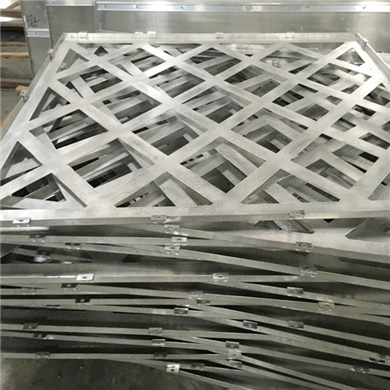
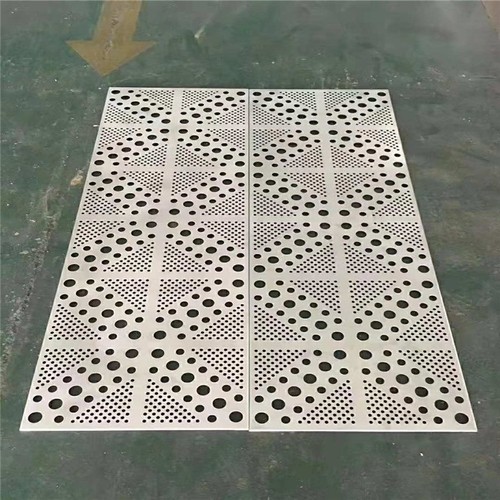
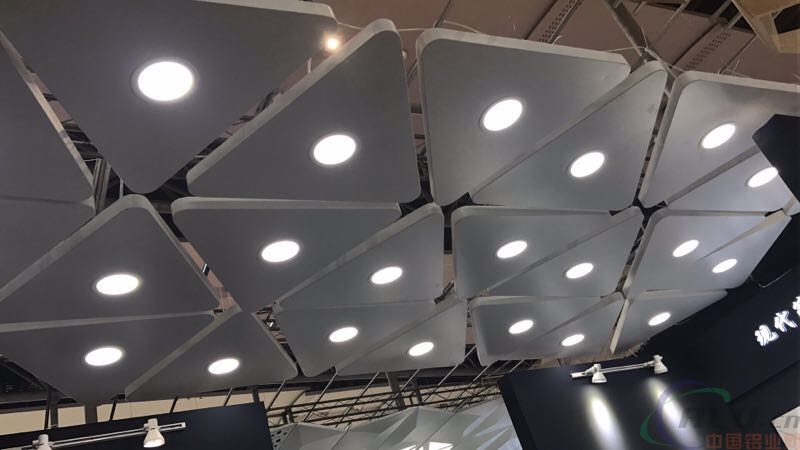
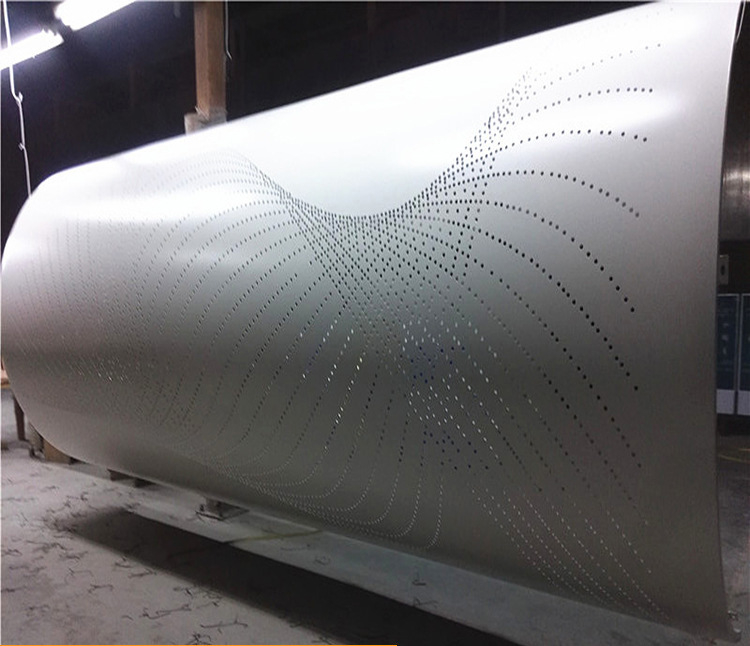
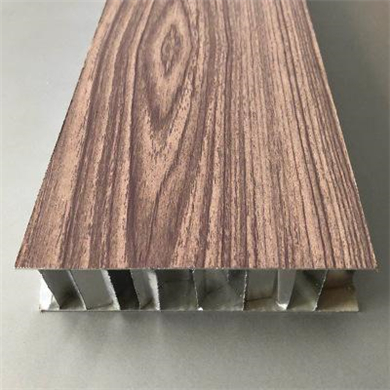
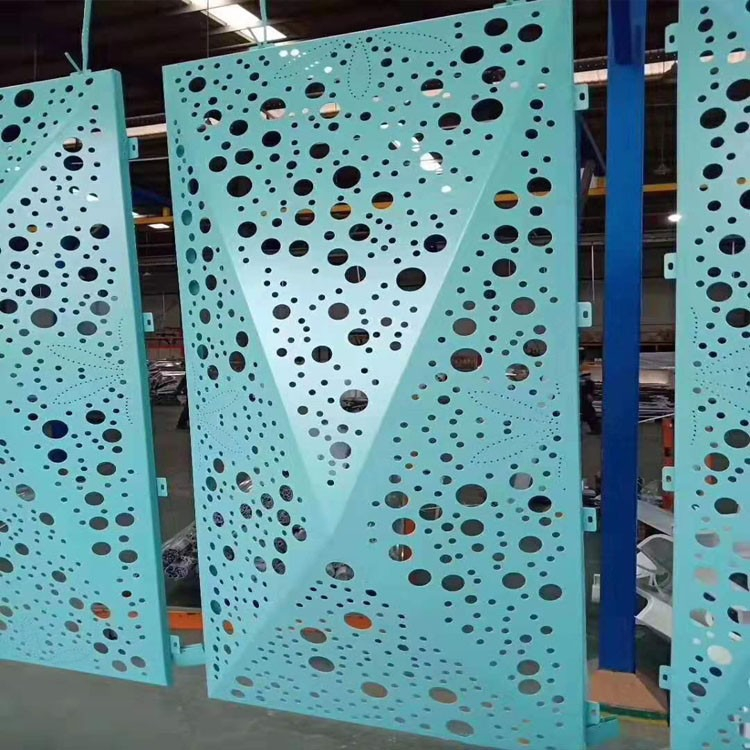
 Customer service QQ
Customer service QQ